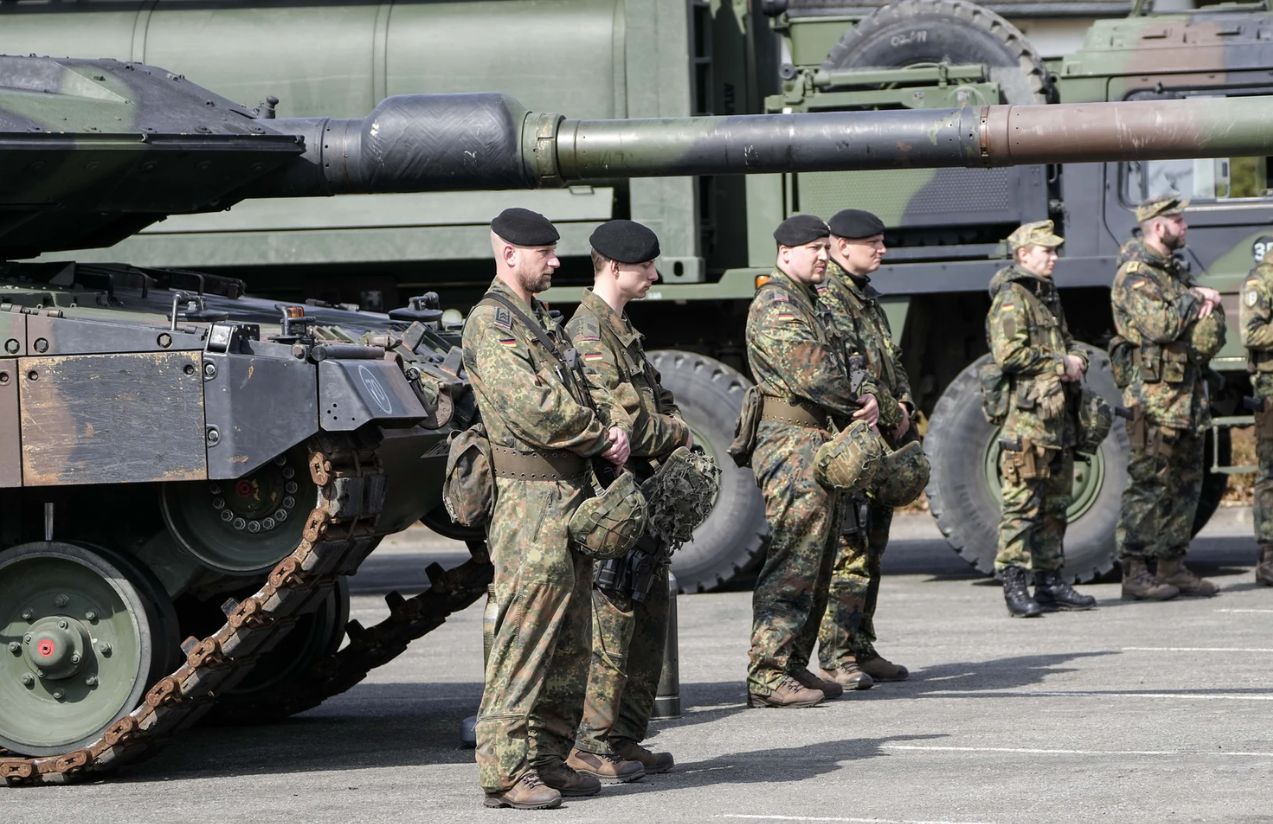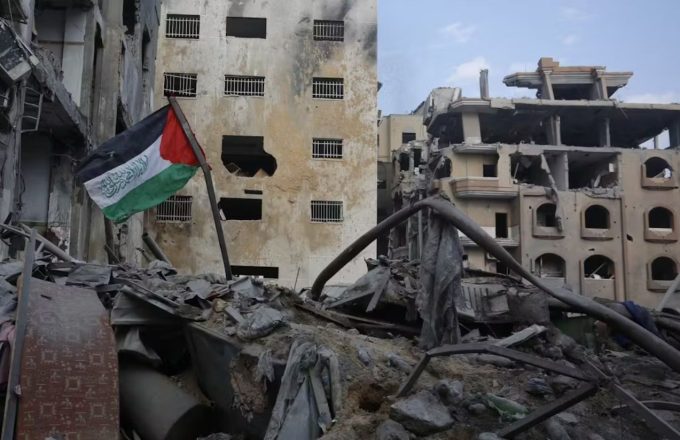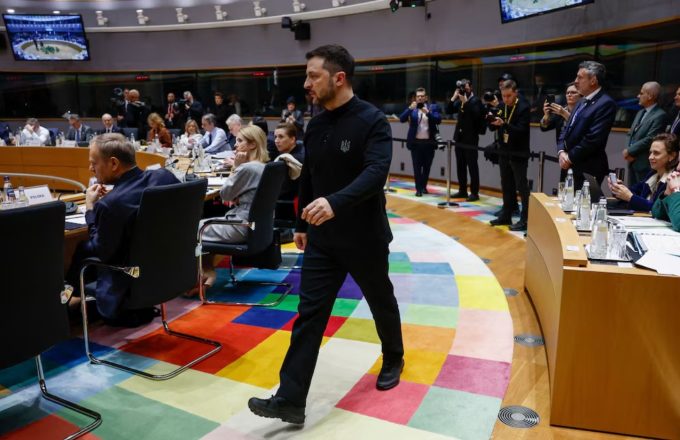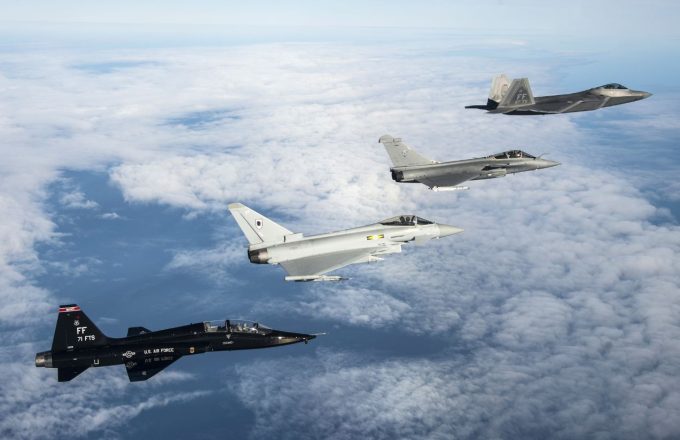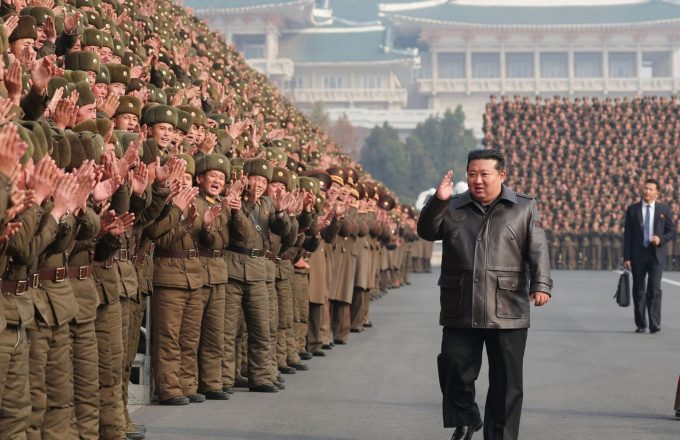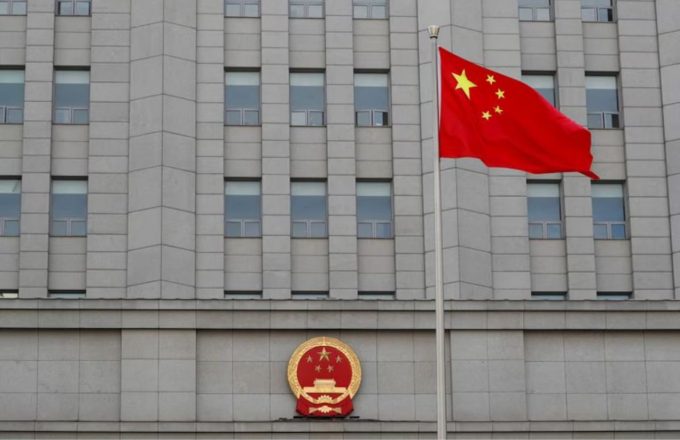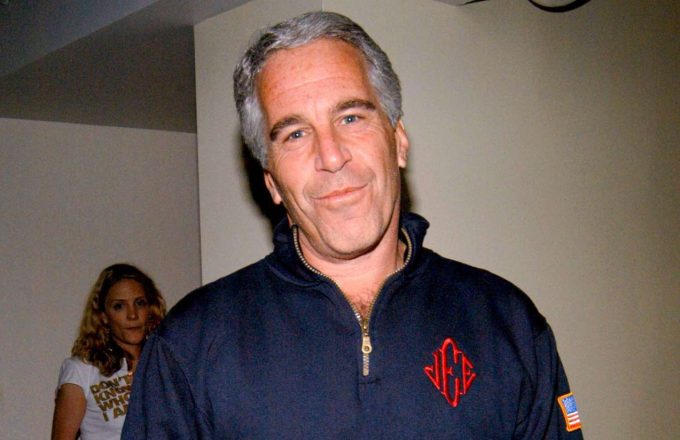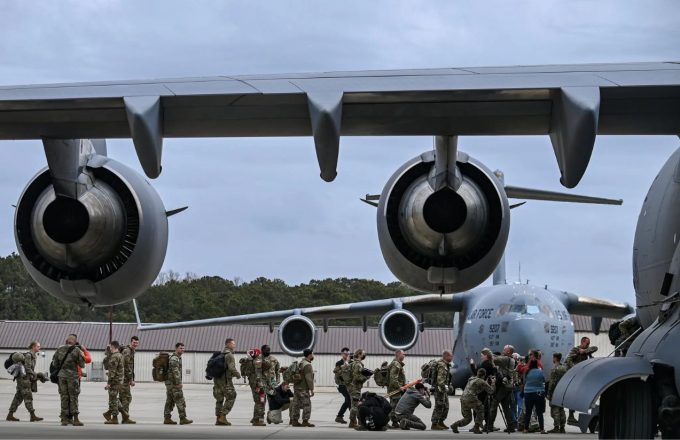For decades, Europe has avoided direct armed conflict on its territory, with the exception of the Yugoslav Wars in the 1990s—the last major episode of violence in European soil. Since then, the continent’s security strategy has focused more on deterrence and diplomacy than on military confrontation. But suddenly, the war in Ukraine has been a stark reminder that fireworks are not the same as real fire.
Europe before Ukraine
As mentioned, European armed forces have been largely in reserve for years. In fact, most have downsized and adapted to a stable context, prioritizing limited defense investments and focusing on peacekeeping operations and humanitarian aid missions in places like the Balkans, Africa, and the Middle East.
Despite NATO’s expansion and increased Eastern European presence, European armies have been more accustomed to controlled environments than preparing for direct confrontation with a powerful adversary like Russia.
Fireworks vs. Real War
This approach has led many European military operations to focus mainly on exercises, joint maneuvers, and simulations in allied nations such as Slovakia, Poland, and Latvia, rather than gaining real combat experience against a major military force. But there’s a big difference between deploying troops for an exercise in the Baltic States and actually facing battle against a force like the Russian army.
Stepping into the War
This brings us to the current situation. In recent days, several European leaders gathered in Paris to discuss the possibility of sending troops to Ukraine as part of a potential peace agreement. However, the feasibility of such a move depends largely on U.S. support. In fact, the summit was triggered by the Trump administration’s decision to exclude Europe from the Washington-Moscow negotiations that started in Saudi Arabia. While Trump has suggested that Europeans could play a “peacekeeping role,” the question remains: Is Europe actually ready?
Plans and Divisions
That’s when Europe seems to have realized that its defenses were in poor shape. According to The Washington Post, some European nations are considering deploying up to 30,000 troops, though they wouldn’t be in frontline combat but rather serve as a deterrent force in case the war resumes.
Another alternative, or Plan B, is what they call a “resettlement force”, designed to protect Ukraine from future Russian attacks in the event of a U.S.-negotiated peace deal. Among the European nations, France has the most advanced plans, estimating a troop contribution of nearly 10,000 soldiers, while the UK, under Prime Minister Keir Starmer, has expressed openness to a British deployment.
Beyond that, the rest of Europe remains ambiguous. Sweden and the Netherlands haven’t ruled out sending troops, but they haven’t made any firm commitments either. Meanwhile, Germany, Poland, and Spain have outright rejected the idea, at least for now. German Chancellor Olaf Scholz emphasized that any solution must be based on a strong Ukrainian force, while Polish Prime Minister Donald Tusk stated that Warsaw is “not considering sending Polish soldiers to Ukraine.” As for Spain, its government was blunt: peace is still far away and depends entirely on Putin, making it clear that any military mission would require a defined objective, participants, mandate, and leadership.
Strategic Goals
If Plan B moves forward with a peace agreement in place, the main mission of this potential “resettlement force” would be to secure Ukrainian airspace, allowing the resumption of commercial flights, and to protect maritime trade in the Black Sea, which is vital for Ukraine’s grain exports and other key economic goods.
Additionally, the focus would be on defending critical infrastructure, such as power plants and public services, which have been constant targets of Russian bombardments since the war began.
Ukraine’s Alternative Vision
Meanwhile, Ukrainian President Volodymyr Zelensky has argued that Ukraine’s security doesn’t necessarily require foreign troops on Ukrainian soil. Instead, he proposed the creation of a “European Armed Forces”, capable of responding on land, sea, air, and even through artificial intelligence to any Russian aggression. He also emphasized that advanced air defense systems and cutting-edge weaponry would be more effective in strengthening security without needing permanent foreign military presence.
The Elephant in the Room
Unquestionably, Europe’s plan faces major diplomatic hurdles, and the biggest one is U.S. support, which remains uncertain. While the Trump administration has insisted that European troops should guarantee the security of any future peace deal, Defense Secretary Pete Hegseth made it clear that these forces must be part of a non-NATO mission and not be covered under Article 5 of mutual defense.
That’s not all. Even if a peace deal is reached, Europe’s mission would still require a U.S. “backstop”, meaning a guaranteed American response in case of military escalation. Although specifics remain unclear, this support would likely focus on air power, with operations based in Poland and Romania. In this context, Starmer and Macron are set to travel to Washington next week to press Trump and secure this strategic backing.
Europe’s Outdated Defenses
At its core, Europe’s military weakness is becoming increasingly evident. In fact, Danish Prime Minister Mette Frederiksen warned at the Munich Security Conference that Ukraine is producing weapons faster and at lower costs than any European country—a striking fact, given that Ukraine is actively at war while Europe remains hesitant.
Frederiksen urged cutting bureaucracy and boosting arms production in partnership with the United States, stressing that Europe can no longer operate as if it were in peacetime.
The Rise of Ukraine’s Military Industry
Since Russia’s invasion in 2022, Ukraine has dramatically increased its arms production, manufacturing missiles, shells, and drones on a massive scale. By 2024, 30% of Ukraine’s military equipment was already domestically produced. Between January and November of that year, Ukraine manufactured 2.5 million artillery and mortar shells, while the EU is aiming to produce 2 million in all of 2025.
Europe Falling Behind in Military Production
While Ukraine scales up its defense industry, Europe remains behind in military spending and production—a fact acknowledged by leaders like German Defense Minister Boris Pistorius and NATO Secretary General Mark Rutte, who admitted that investments have been insufficient.
Meanwhile, Russia produces more ammunition in three months than NATO does in an entire year, leaving Europe at a disadvantage in terms of military preparedness. Countries like Lithuania and Estonia have announced plans to increase military spending to 5% of GDP, surpassing even Poland’s 4%, the highest within NATO.
An Uncertain Future
Ultimately, the war in Ukraine has been a harsh wake-up call for Europe, forcing it to rethink its defense strategy. With Russia proving its ability to sustain a long, large-scale conflict, and Ukraine holding its ground, Europe now faces an urgent need to rearm and reorganize—something it never expected after decades of relative peace.


